SECUNDA fa SECUNDA
Synonyms :
Cotyledon secunda (Booth) Baker (1869)
Echeveria pumila Van Houtte (1846) / Cotyledon pumila (Van Houtte) Baker (1869) / Echeveria secunda var. pumila (Van Houtte) Otto (1873) / Echeveria glauca var. pumila (Van Houtte) von Poellnitz (1936)
Echeveria spilota Kunze (1853)
Cotyledon glauca Baker (1869) / Echeveria secunda var. glauca (Baker) Otto (1873) / Echeveria glauca (Baker) Morren (1874) / Echeveria pumila var. glauca (Baker) E. Walther (1972)
Echeveria alpina E. Walther (1935)
Echeveria elatior E. Walther (1935)
Echeveria cornuta E. Walther (1972)
Echeveria reglensis E. Walther (1972)
Series Secundae
Type : Not designated. Type locality most likely somewhere in the Pachuca region (Hidalgo).
Neotype : Edwards's Botanical Register 26:: t.57. 1840.
Distribution : Mexico (Distrito Federal, Durango, Hidalgo, Guanajuato, México, Puebla, Queretaro, Tlaxcala), usually on lava at elevations above 2000 m.
First Description by Booth in Edwards's Botanical Register 24: 59. 1838 :
Echeveria secunda; foliis rosulato-confertis cuneatis mucronatis pinguibus glaucis, racemo secundo recurve, floribus longe pedunculatis.
Stem very short, creeping.
Leaves numerous, concave, spathulate, and spreading, sessile, thick and fleshy, crowded, and loosely arranged round the stem as a common axis. With the exception of a few in the centre, which are much smaller than the others, the whole are similar in size and form, varying from two to two and a half inches in length, and rather more than an inch in breadth, at the widest part near the apex, from which they gradually taper towards the base, and end at the point in a small mucro. Their colour is a glaucescent green, covered with a fine bloom, which easily rubs off on being touched. The outer edges and mucro have a brownish tinge.
Flower stem round, about a foot high, glaucous pink, rising from one side of the mass of leaves, and terminating in a unilateral, deflexed raceme, of about ten or a dozen flowers. Bracteas small and fleshy, ovate-acuminate, tinged with pink at the point. Pedicels of the earlier flowers about an inch long, diminishing gradually both in size and length towards the extremity of the raceme. Taking the point where they join the stem as a centre, it will be found that each pedicel forms, as near as possible, an angle of about 33° with the stem.
Flowers : Calyx 5-leaved, rotate, spreading, the segments thick and fleshy, lanceolate, acute. Tube upwards of half an inch in length, gibbous at the base, which is a bright yellowish red, narrowing upwards to the mouth, which is acutely five-toothed, a little recurved, and of a deep yellow. Filaments 10, five attached half way down the petals, and the other five at the base opposite each division of the calyx, but all of the same length. Anthers erect, deep yellow. Styles 5, short, and compressed together, pale, shining green. Ovarium five-celled, with numerous seeds in each, and having a small fleshy process at the base, intermediate with the segments of the calyx.
Cytology : n = 30, 32.
Link to a short description in English and French.
- Distributed as ISI n°178 (1958) as E. pumila. This species had been described in 1869 from a plant in cultivation from the nursery of Van Houtte in Belgium, i.e. a plant with no known origin in the wild. The plant offered by ISI however had been collected on the side of the volcano Ixtaccihuatl, so cannot possibly have been identical with the original E. pumila. This means the ISI plant has been misidentified.
- ISI n°418 (1963) as E. alpina - described as "a fairly small plant" what shows that it also was misidentified - E. alpina is the biggest of all forms of E. secunda !
- and ISI n° 2001-30 as E. secunda, collected in Tlaxcala, Mexico.
Note :
1. The authors of the above listed synonymous names did not describe distinct species but only somewhat differing forms of the one very variable species E. secunda. Minor differences in
- leaf length and leaf shape (broader or narrower, apex acute or rather truncate)
- degree of glaucousness
- length of pedicels
- sepals spreading or appressed etc.
do not justify species status.
2. The names "glauca" and "pumila" were applied to plants selected from an enormous number of cultivated plants of E. secunda in European nurseries, i.e. applied to plants with no origin in the wild. A plant selected in cultivation from a multitude of seedlings cannot possibly be classified as a distinct species.
The name "glauca" in particular had been in use already before Baker wrote his description for Cotyledon glauca and was probably used for various plants. As these forms of E. secunda, very fashionable for some decades, are lost to cultivation since a very long time, the names in question cannot be used for later cultivated selections of E. secunda. Neither can they be used for forms of E. secunda found in habitat in Mexico - nursery selections and an origin in the wild are mutually exclusive.
Moreover the name "glauca" has been misused greatly – E. secunda variants or hybrids with bluish leaves were and still are liable to get this name, though in fact the description of E. glauca calls for a pruinose = whitish plant ......
3. The names E. alpina, E. cornuta, E. elatior and E. reglensis refer to plants with known origin - they were all collected in the Mexican state Hidalgo.
Charles Uhl wrote (Haseltonia, 1995) : “Walther (1972) distinguished many species of his series Secundae by differences in the size and shape of their leaves. However, Moran (1972) itemized reasons for combining some of them with E. secunda : he noted that many plants, sometimes in the same population, are intermediate, and these differences seem insufficient or not consistent enough to justify so many species. I consider E. secunda to be a single variable species …”
Reid Moran's comment regarding Walther's new "species" reads as follows : "In the light of variation observed in the field and garden, the alleged differences among these species appear to be individual differences among specimens ; and the key, descriptions and illustrations are inconsistent as to details. [...] It appears that he is assorting the specimens by trivial differences while showing no sound basis for recognizing more than one species of this group in the mountains east of Pachuca" - a devastating judgement. (Book review of Walther's Echeveria, 1972.)
4. The plant Walther called E. alpina is the biggest of all E. secunda forms with rosettes to 15 cm in diameter. It has the thinnest leaves and the largest corolla and as the name implies it hails from much higher elevations, the type locality is on Mt. Ixtaccihuatl at 4275 m. It may not be in cultivation. Plants labelled as E. alpina are misidentified throughout.
5. Flower photos on crassulaceae.com are incredibly wrong.
6. For more details see p. 95 ff in https://www.crassulaceae.ch/docs/939bcf5a506299eba8cc8a7aa93e1973_Crassulacea__Nr._10_-_Revision_Walther_Echeveria.pdf
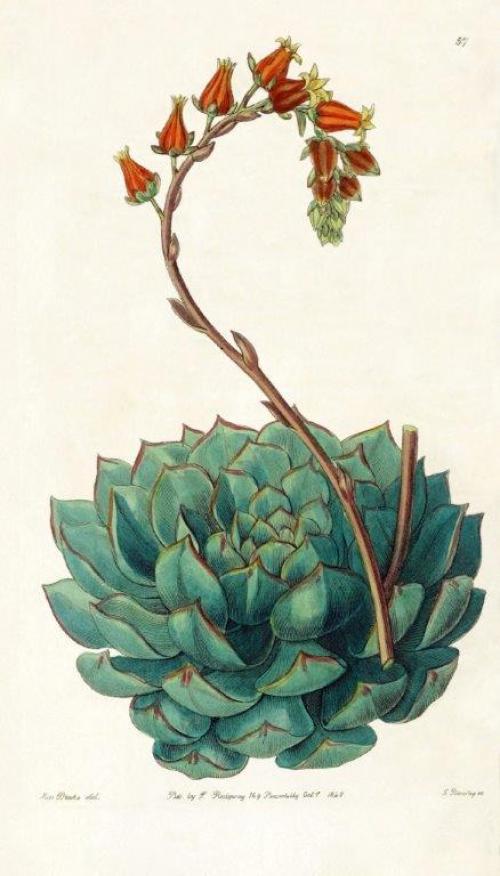
Echeveria secunda 1840: Neotype illustration from Edwards's Botanical Register 26: t.57. (1 Oct) 1840.
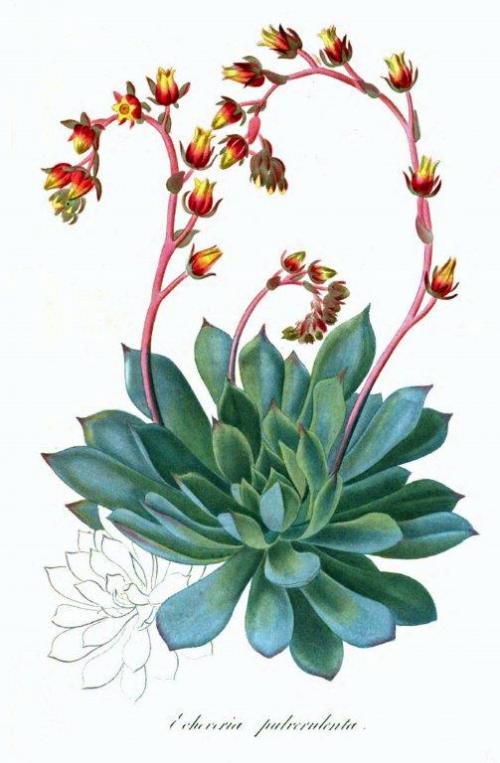
Echeveria secunda 1845: unnumbered plate from Lemaire, L'Horticulteur Universal 6: 132-134. as Echeveria pulverulenta.
E. secunda in habitat at Chalchihuapan, Puebla, Mexico :
E. secunda dans l'habitat, à Chalchihuapan, Puebla, Mexique :
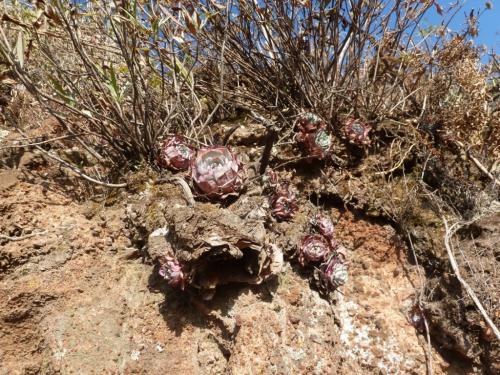
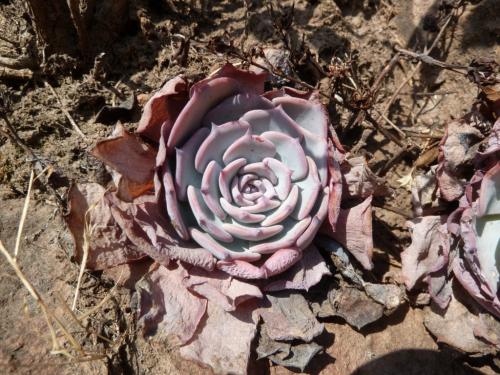
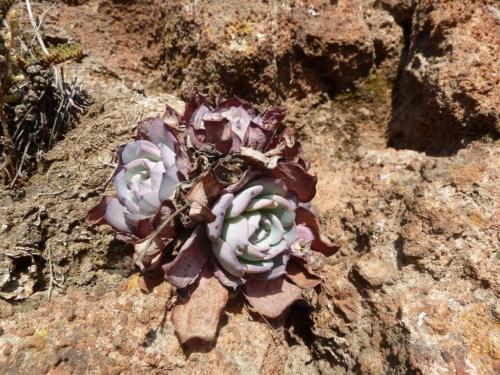
Hidalgo :
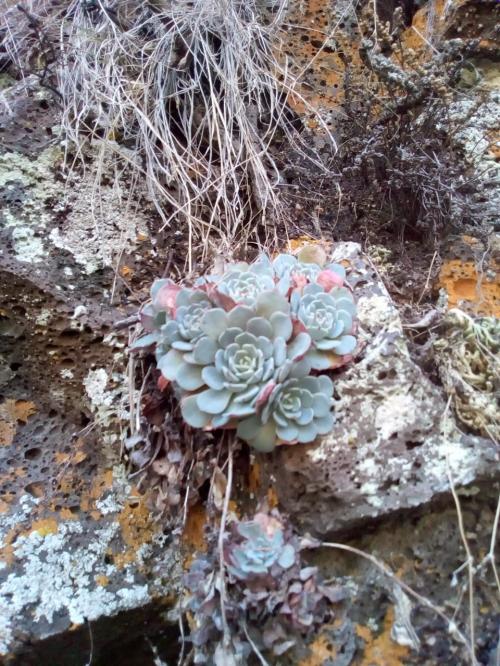
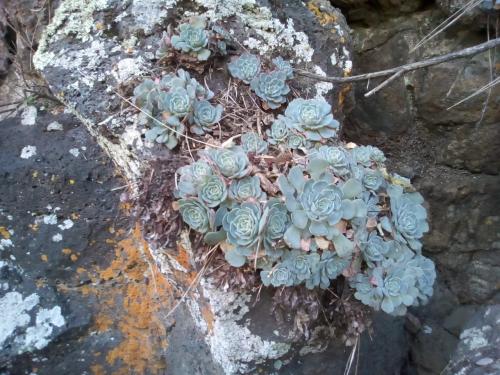
Photos Gerhard Köhres
Plants in cultivation :
Echeveria secunda ISI 2001-30, Tlaxcala :
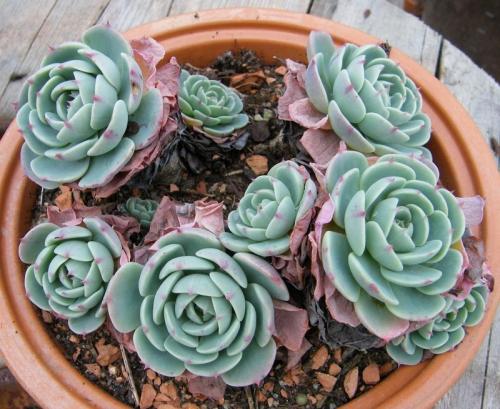
Photo Emmanuelle Aubé
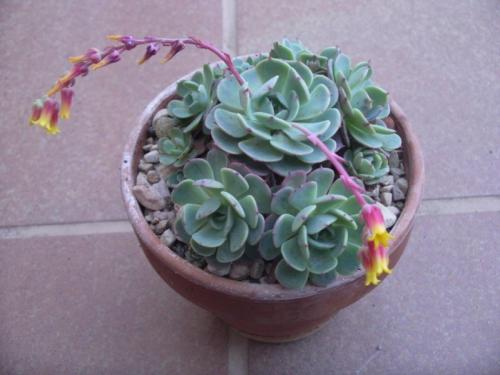
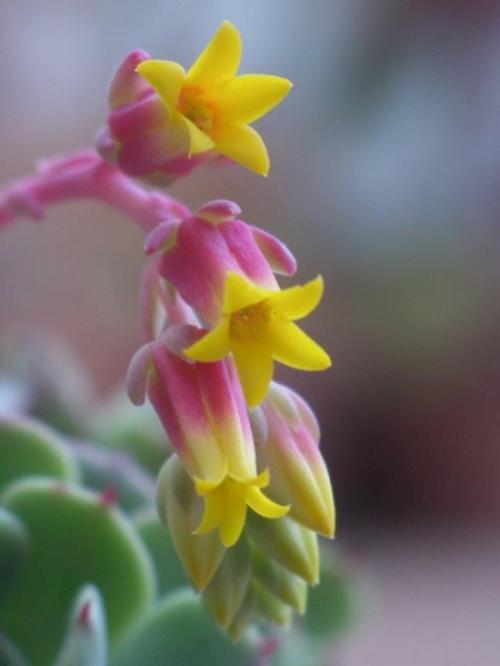
Photos Mateo Lichtenstein
E. secunda, Michoacán, rosette 11 cm in diameter :
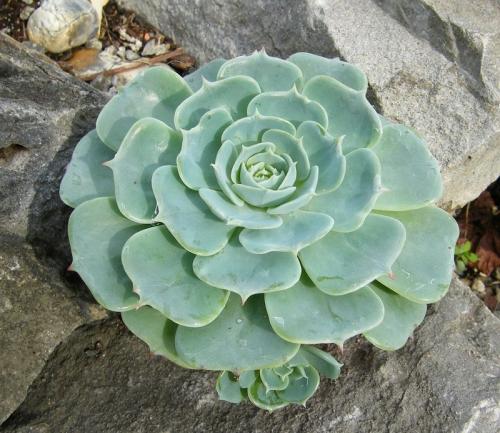
E. secunda, Cerro el Zamorano, rosette 12 cm in diameter :
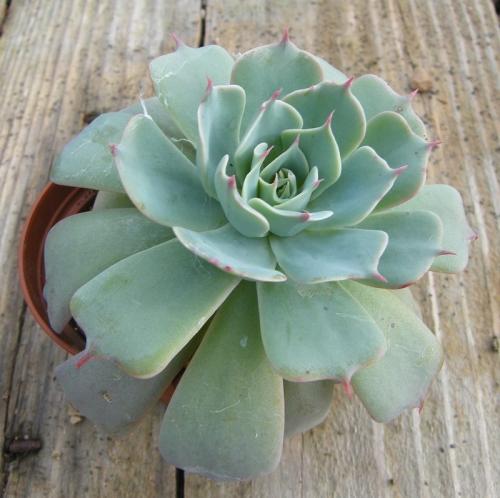
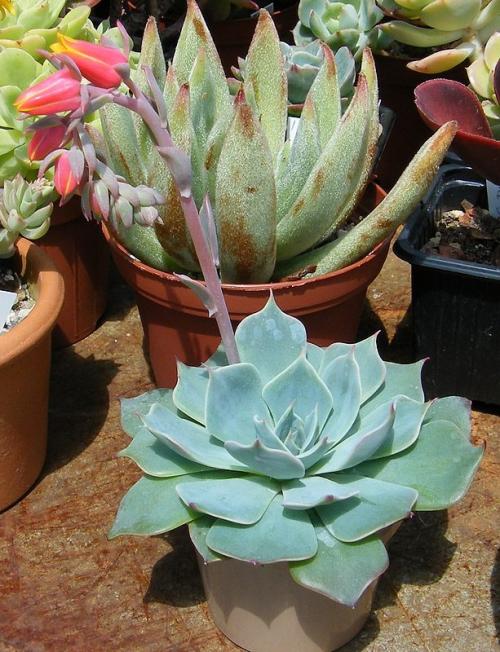
Photos Emmanuelle Aubé
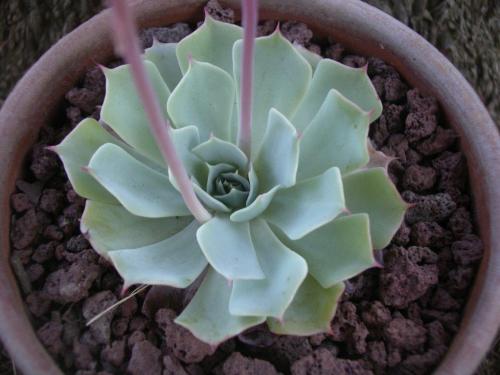
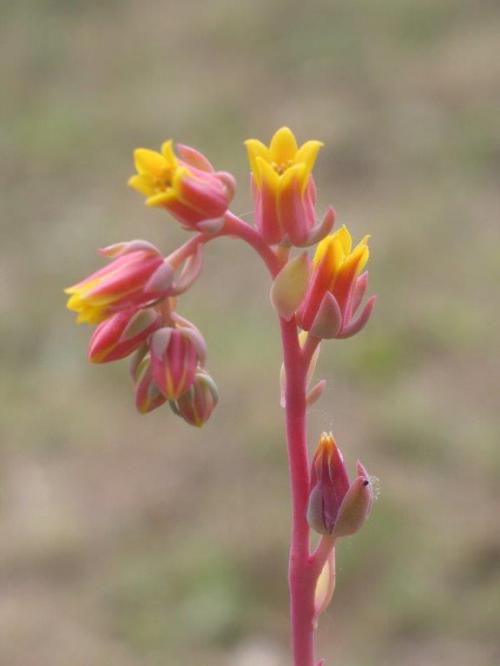
Photos Mateo Lichtenstein
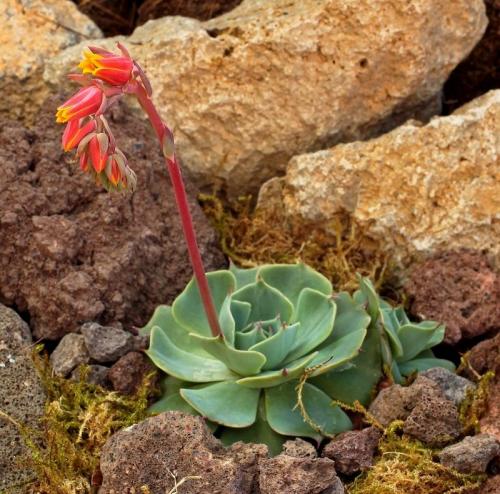
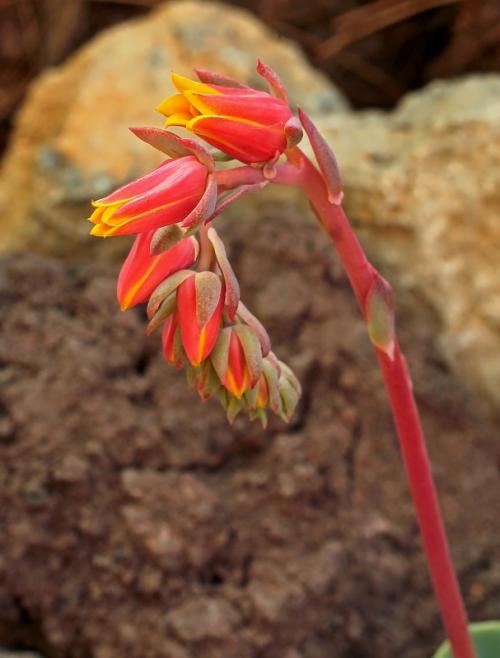
Photos Stefan Neuwirth
E. secunda, Hidalgo, rosette ± 6 cm in diameter :
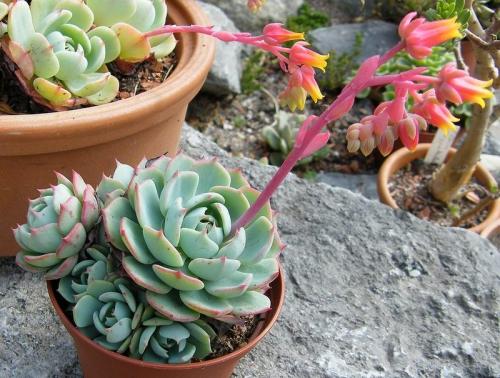
E. secunda, Pacifica, Oaxaca, rosette ± 9 cm in diameter :
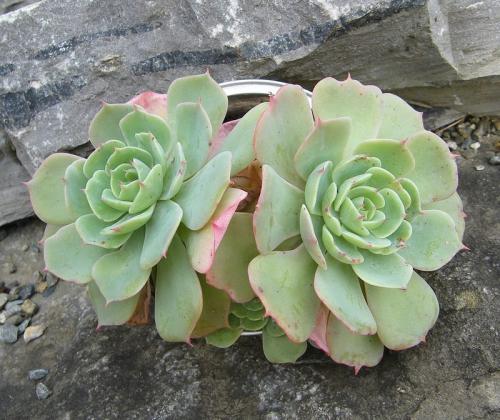
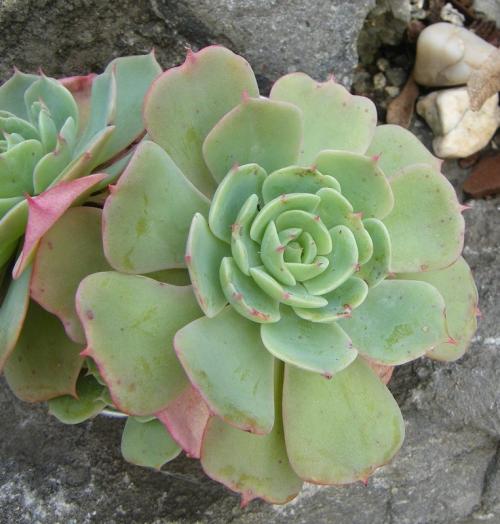
The same plant in South Africa - rosette diameter 30 cm :
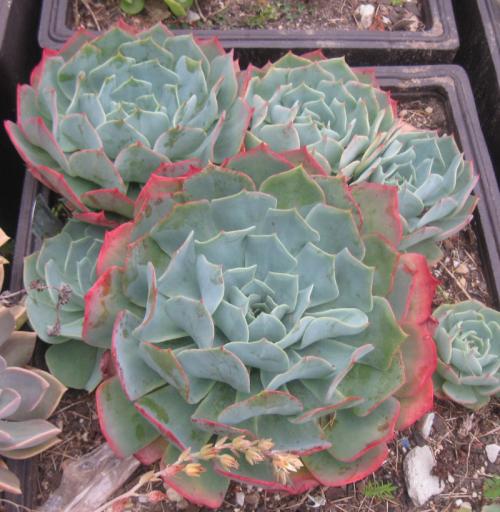
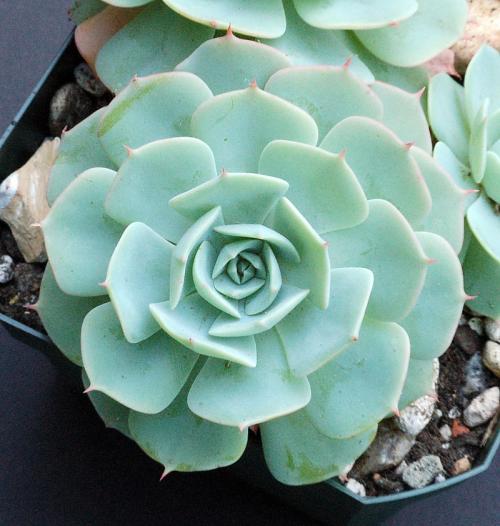
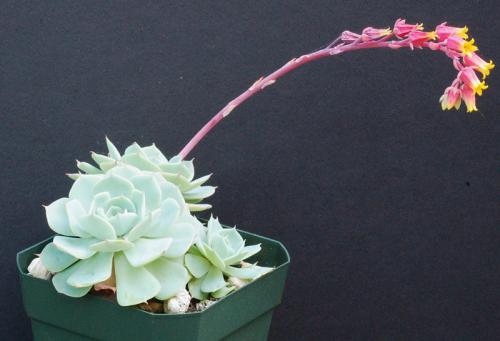
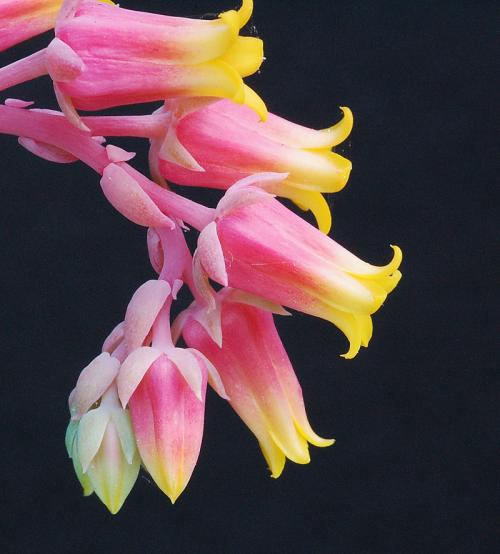
E. secunda 'Reglensis', Hidalgo :
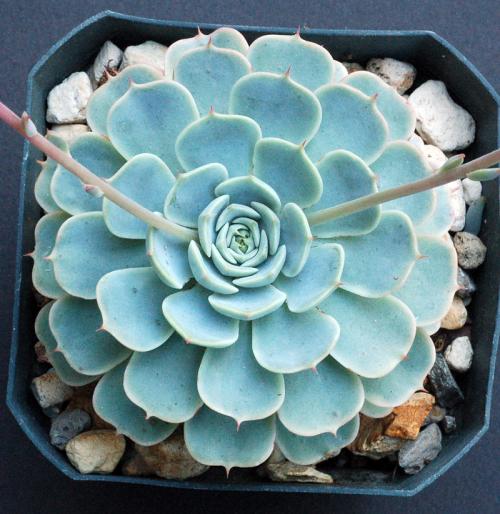
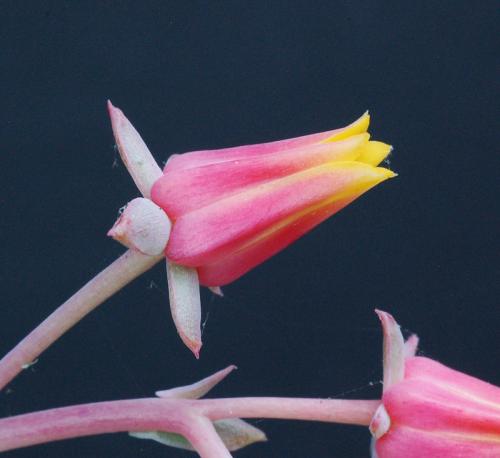
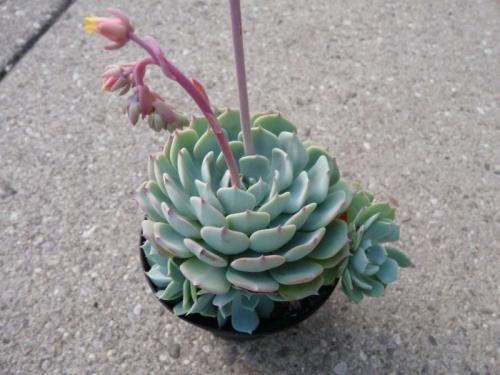
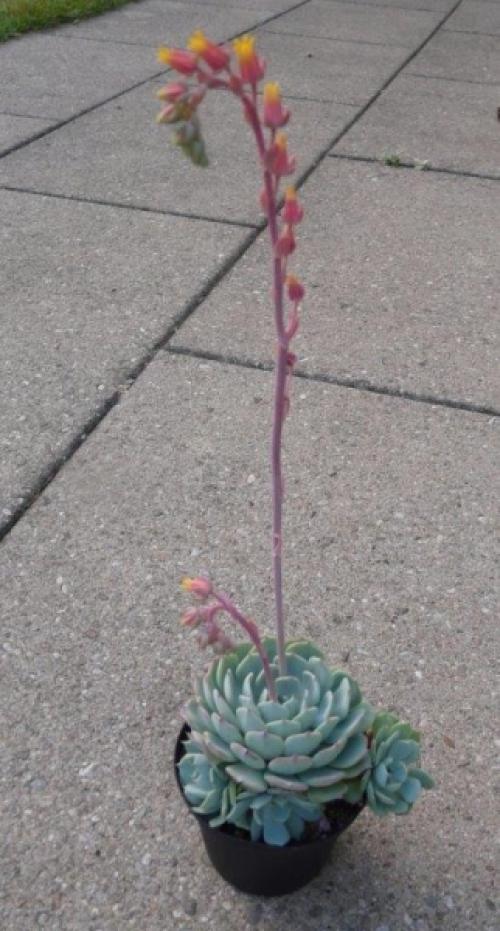
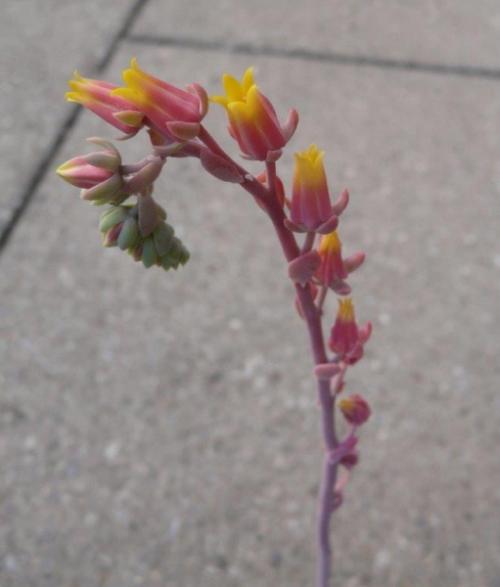
A variegated form :
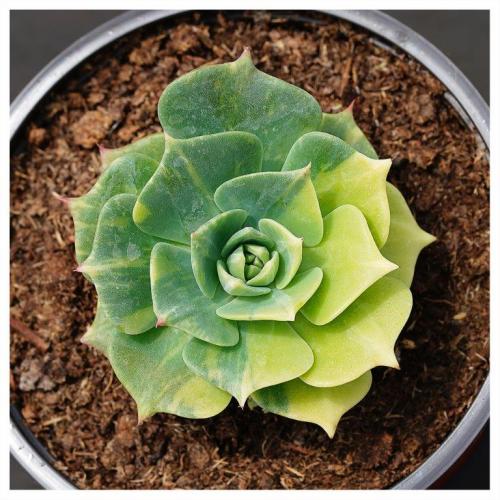
Photo Leo Gonzáles